This aircraft is credited with destroying more enemy planes than any other British aircraft of World War One, but it was also responsible for killing large numbers of its pilots.
The Sopwith Camel was one of the most famous and successful British scout aircraft of World War One. However, though it was an effective combat aircraft in the hands of an experienced pilot, the handling characteristics of the Camel were so challenging that a large number of pilots died just trying to keep the aircraft under control.
Inherent stability (the tendency for an aircraft to assume straight and level flight if there is no input to the controls) is a desirable quality in many aircraft. However, for combat aircraft where maneuverability is essential, it can actually be a hazard.
Early British aircraft of World War One were designed to be inherently stable because it was felt that this would make pilot training easier and would enable the crew to focus on tasks such as reconnaissance and spotting artillery instead of having to worry about flying the plane.
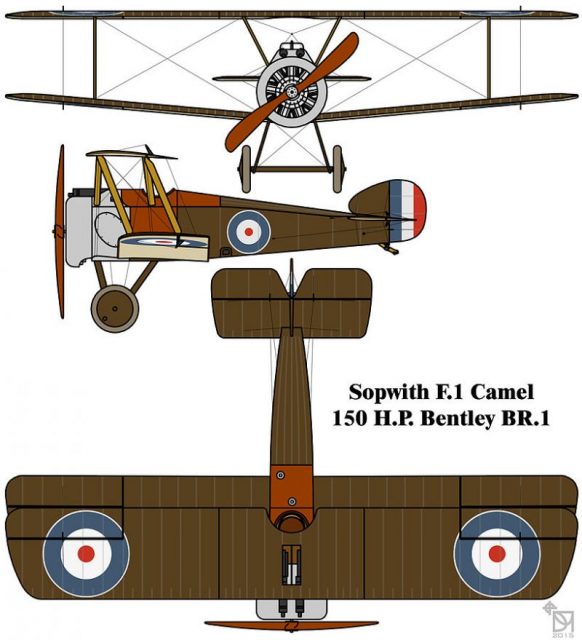
The Royal Aircraft Factory B.E.2 was typical of early war British designs. The first version flew in 1912, but by the outbreak of World War One in August 1914, the B.E.2c was in service with the Royal Flying Corps, and this was designed to be inherently stable.
The types of aircraft employed by most nations during the early part of World War One were similar in that they were intentionally designed to be easy and safe to fly at the expense of maneuverability.
However, as the war progressed, air combat became more common, and all combatant nations introduced single-seat scout aircraft whose role was to destroy enemy aircraft.
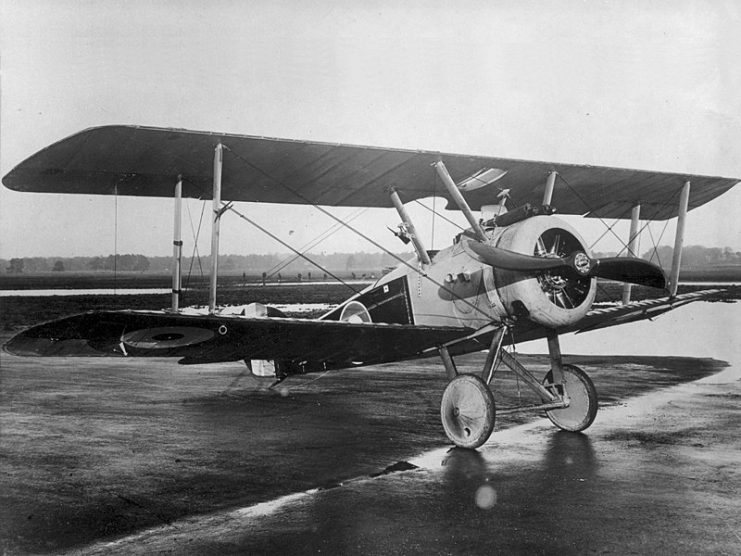
These early fighters were more maneuverable than the two-seaters they were designed to destroy, but they were still relatively stable aircraft. The Airco DH2 introduced in February 1916 and the Sopwith Pup which arrived on the Western Front in October the same year, for example, were both successful British scouts, but both were relatively easy to fly with no major vices.
But, even as the Pup was entering service, Sopwith were working on the next generation of British fighters which were intended to be more maneuverable than earlier models. The Sopwith Biplane F.1 was, like the Pup, a tractor configuration biplane powered by a radial engine. Unlike the Pup, the new biplane was unstable and very challenging to fly.
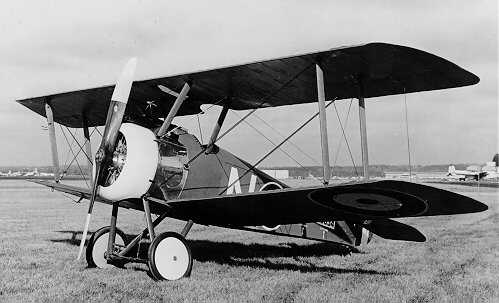
The new design featured two, equal span, staggered wings with the lower set given a small degree of dihedral. The wings were connected by a single pair of support struts on each side.
This aircraft was the first British scout to be fitted with a pair of forward-firing machine guns. Two .303 Vickers type synchronized machine guns fired through the propeller arc and the distinctive humped cover over the breeches of these guns gave the aircraft the name by which it became known: Camel.
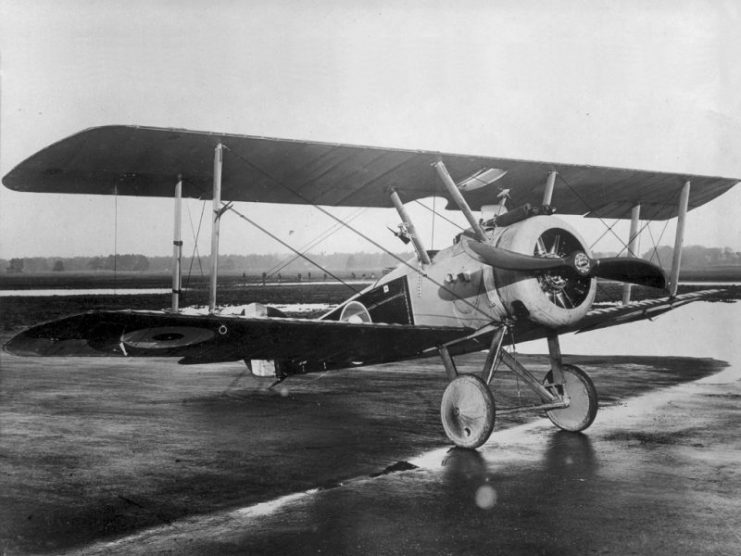
The construction of the Camel was conventional with a wire-braced wooden framework covered with doped linen and with some light sheet metal over the nose section.
What made the new design radical was the concentration of weight towards the nose – the engine, guns, ammunition, fuel, landing gear, pilot, and controls were all placed within the first seven feet of the fuselage.
This arrangement, combined with a powerful Clerget 9-cylinder rotary engine of 130 horsepower and a short, close-coupled fuselage (i.e. a design where the wings and empennage are placed close together), gave the Camel some alarming handling quirks.
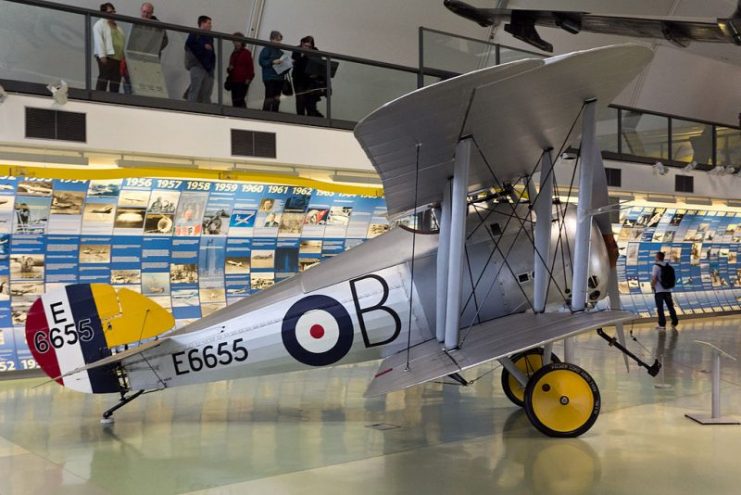
First of all, the forward center of gravity meant that the aircraft was so tail-heavy that it could not be trimmed for level flight at most altitudes. It needed constant forward pressure on the stick to maintain level flight.
The engine had a tendency to choke and stop if the mixture was not set correctly and if this happened, the tail-heaviness could catch out unwary pilots and lead to a stall and a spin. The effect of the torque of the engine on the short fuselage and forward center of gravity made spinning sudden, vicious, and potentially lethal at low altitude.
The engine torque and forward center of gravity also meant that the aircraft tended to climb when rolled left and to descend in a right-hand roll. It needed constant left rudder input to counteract the engine torque to maintain level flight.
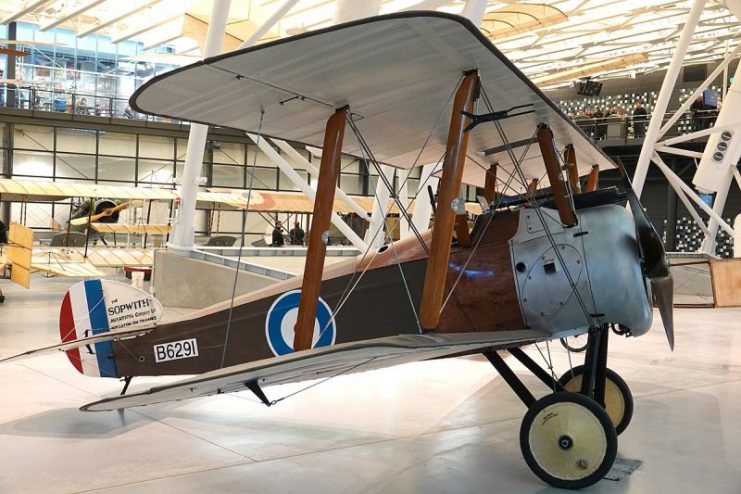
The torque effect of the engine also meant that the aircraft rolled much more readily to the right than the left and this could lead to a spin. Many novice Camel pilots were killed when they turned right soon after take-off. At low speed, this could rapidly develop into a spin at low level from which there was no chance of recovery.
All these things made the Camel a daunting prospect for new pilots, but this same instability provided unmatched maneuverability for those who mastered it.
The torque of the engine meant that the Camel could roll to the right faster than any other contemporary combat aircraft, something which could be used to shake off an enemy aircraft on its tail. The powerful engine also gave the Camel a respectable top speed of around 115mph (185kmph), and its twin machine guns gave it formidable firepower.
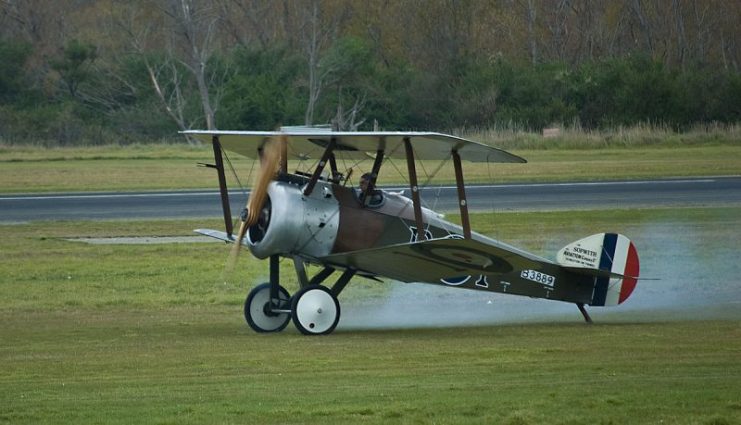
The Sopwith Camel entered service with the Royal Flying Corps in June 1917. In total, more than 5,000 were built.
This aircraft is credited with destroying more enemy planes than any other British aircraft of World War One, but it was also responsible for killing large numbers of its pilots. The official figures are stark – 413 Camel pilots are noted as having died in combat during World War One while 385 were killed in non-combat accidents.
Most of the accidents affected new pilots learning to fly the Camel, but these figures don’t tell the whole story – they don’t account for inexperienced pilots who died when they simply lost control of their unstable aircraft during the chaos of combat. If these were included, it seems very likely that the unforgiving Camel killed at least as many of its own pilots in accidents as were shot down by the enemy.
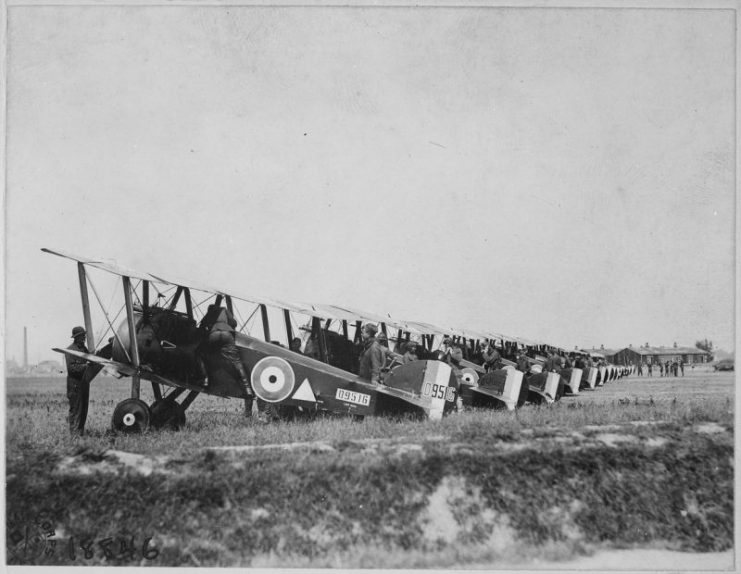
The number of fatal accidents involving Camels became such a problem that Sopwith introduced the two-seater Camel trainer in 1918. This new version had an additional cockpit and dual controls.
This was the first time that any British manufacturer had created a two-seat training version of a single-seat aircraft, and it was in direct response to the number of fatal accidents involving Camels.
The Sopwith Camel was a bold departure in aircraft design. No longer were its creators concerned solely with producing a docile and easy to fly aircraft. Instead, they created something that was extremely challenging to control but which provided an experienced pilot with one of the most maneuverable combat aircraft of World War One.
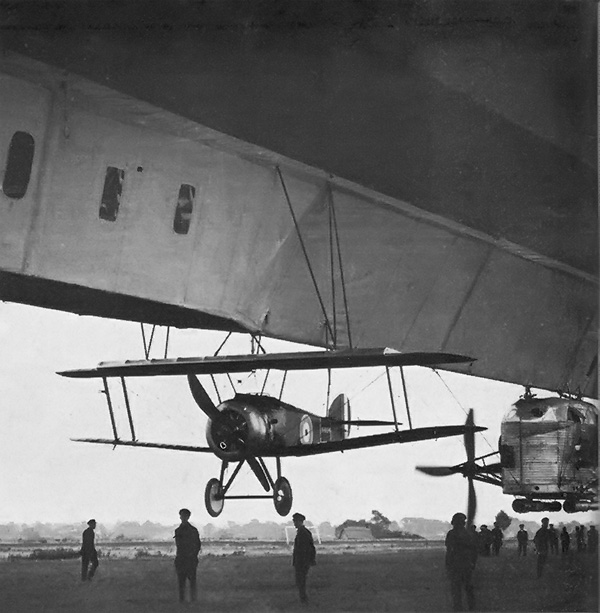
Read another story from us: Submarine Hunters and Flying Boats – Seaplanes in World War One
In modern combat aircraft design, the use of unstable aircraft is fairly common. The F-16, for example, was designed from the beginning to be inherently aerodynamically unstable. This instability is controlled by a computerized fly-by-wire system without which the aircraft could not be flown, but this design gives it superb maneuverability.
Back in the early days of combat flying, designers were experimenting with unstable aircraft to provide extreme maneuverability. One outcome was the Sopwith Camel but, without the aid of computers to ensure safe flying, this provided handling so extreme that it could be as dangerous as an enemy attack to its pilots.
